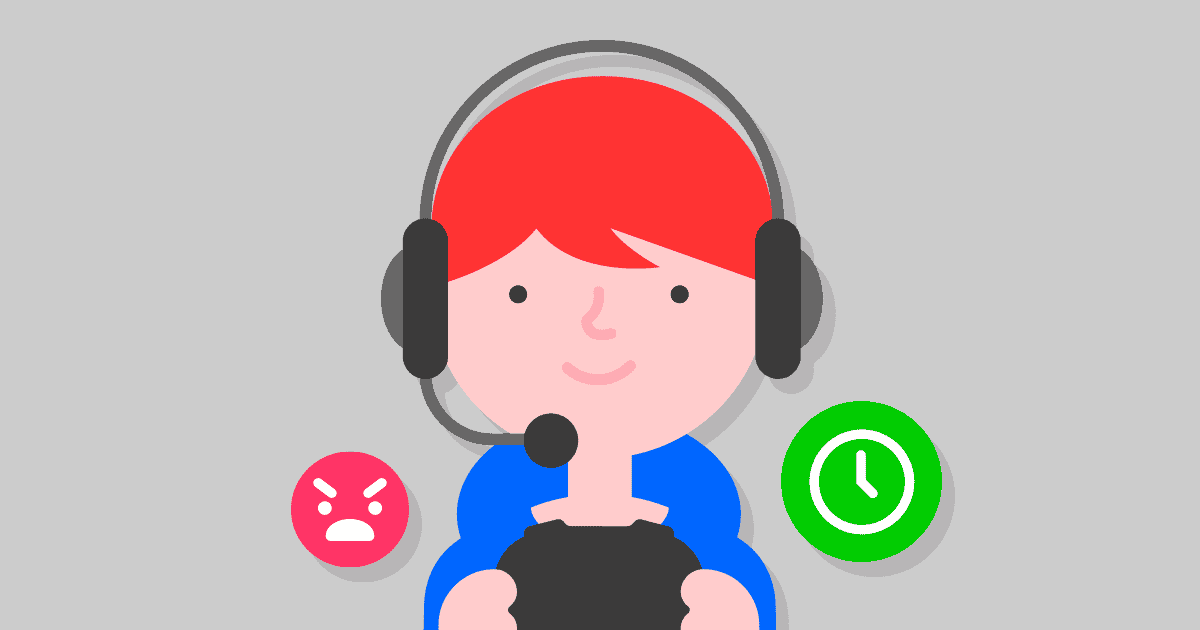What makes a good video game?
Great games are those that both challenge and teach your child something they can use in the real world. But there is also value in the virtual experience. It enables children to prepare for a future where online and offline lives overlap. Like books, many games benefit young players’ lives because of their experience as a whole.
Take a look at family stories on AskAboutGames to get insight on age-appropriate games that will help your child do just that. Family friendly games allow everyone to get involved and play together.
My child would like a career in gaming. How can I support them?
If your child would like to get into esports (competitive gaming) or help create video games of the future, start early and help them learn more about the different jobs and opportunities in the gaming industry. It’s a good idea to help them broaden their view of what’s available beyond the traditional roles of developers or streamers.
Take a look at the type of video gaming jobs available for them so they can understand their priorities. Ask About Games have created Thriving Futures: A rough guide to game careers, an advice series exploring available roles and actions young people should take.
Here are some roles we’ve pulled out from the guide:
Game Performer
Game performers include voiceover artists, actors, and even athletes and stunt experts who do motion capture work (special cameras that record movement to create more realistic characters).
Game Producer
There are many different approaches to producing games but, in general, game producers keep everybody working on the same page. They make sure a game comes together as planned: on time, to budget and at a top standard. Sometimes game producing can be a managerial role and in other cases, it can be creative. Game producers normally sit at the top of a team, working with lead game designers and game directors.
Game Writer
A game writer pens the script for a game, but they also do much more than that. Game writers might contribute to ‘world building’, where they provide back stories and supporting documents to help players – or fellow developers – understand a game world and the motivations of characters within it.
Some world building content might not even be included in a game but is vital to it feeling convincing. Game writers often deliver other in-game text and even work with performers and audio specialists to adapt game dialogue as it is performed and recorded.
Game Audio Specialist
There are many types of game audio roles. They may include those who record and edit voiceovers or composers who score game soundtracks. Games also include game sound effect designers and creators along with recording artists who go out into the world to capture real sounds.
Where should gameplay happen?
Encourage children to play in communal spaces to share the experience in a family friendly way. This help you catch any problems like worrying content or too much screen time. Keeping video games in family rooms turns gaming into a normal part of family life rather than something separate or hidden away.
If children are older and would prefer to play in their bedroom, consider steering them towards keeping the tech in a shared space. In any case, keep the conversation going about their gameplay and make sure you enforce your agreed rules to ensure they stay safe while gaming.
For what age is video gaming appropriate?
According to research, children typically start gaming between the ages of 3 to 4. On average, boys play nearly 4 hours of video games every day while girls average just over 2 hours. There is no age specification on when they should start, but it’s a good idea to manage the type of games they play to make sure the games benefit their development as they grow.
Additionally, physical safety is just as important as digital safety. Some people have reported experiencing nausea when playing VR games, for instance, so making young players aware of what to do if they feel unwell is key. Prolonged sessions of gaming can also affect developing eyes, so it’s important to take regular breaks (every 20 – 30 mins) and set up gaming stations in a way that will allow them to minimise the negative impact on their body.
For younger children, there are plenty of games and apps to learn different skills from reading to engineering. A lot of these games tend to be educational and encourage parents to monitor progress to see how well children are doing.
Pick games that are family friendly so you can play together, keep them motivated and help them develop these key skills. Examples include Stardew Valley, Towerfall, Nintendoland, Spaceteam and Overcooked 2.
For pre-teens, there are plenty of sandbox games like Minecraft, Roblox and Rec Room that allow them to explore and build new worlds to make it more immersive and engaging. These games give children the opportunity to be creative and use their imaginations.
For teens, available are more complex and immersive and tend to feature live interactions with multiple players. Examples include Fortnite or Apex Legends. These games may seem like pure entertainment but they may require a level of strategy and forward planning to move through levels and achieve goals set by the game.
With these types of games, it’s important to review them together with your child to make sure the content is suitable for their age. Remember to also keep the conversation going so they know what to do if something goes wrong. Learn what the PEGI ratings mean on games to help.








